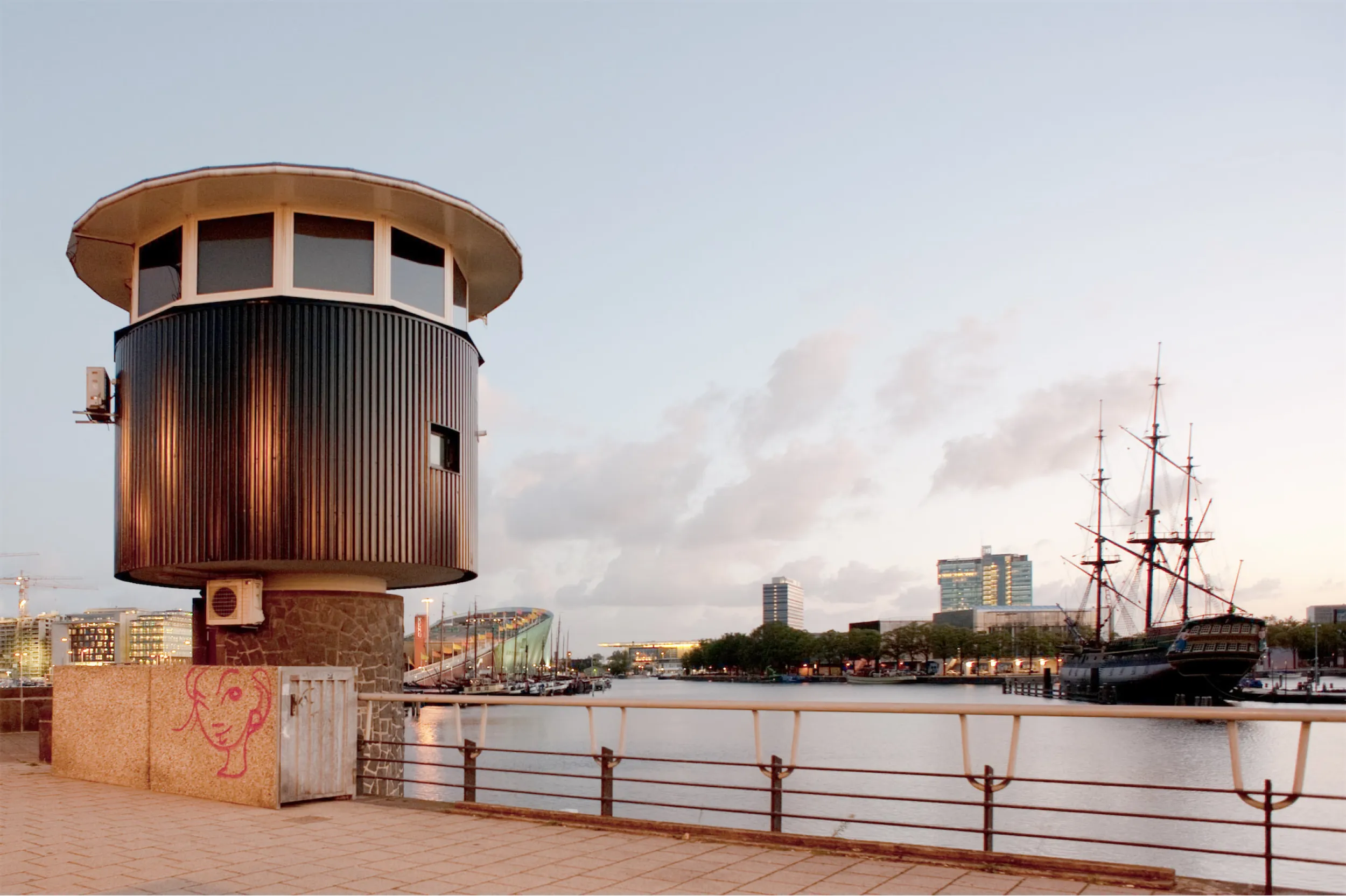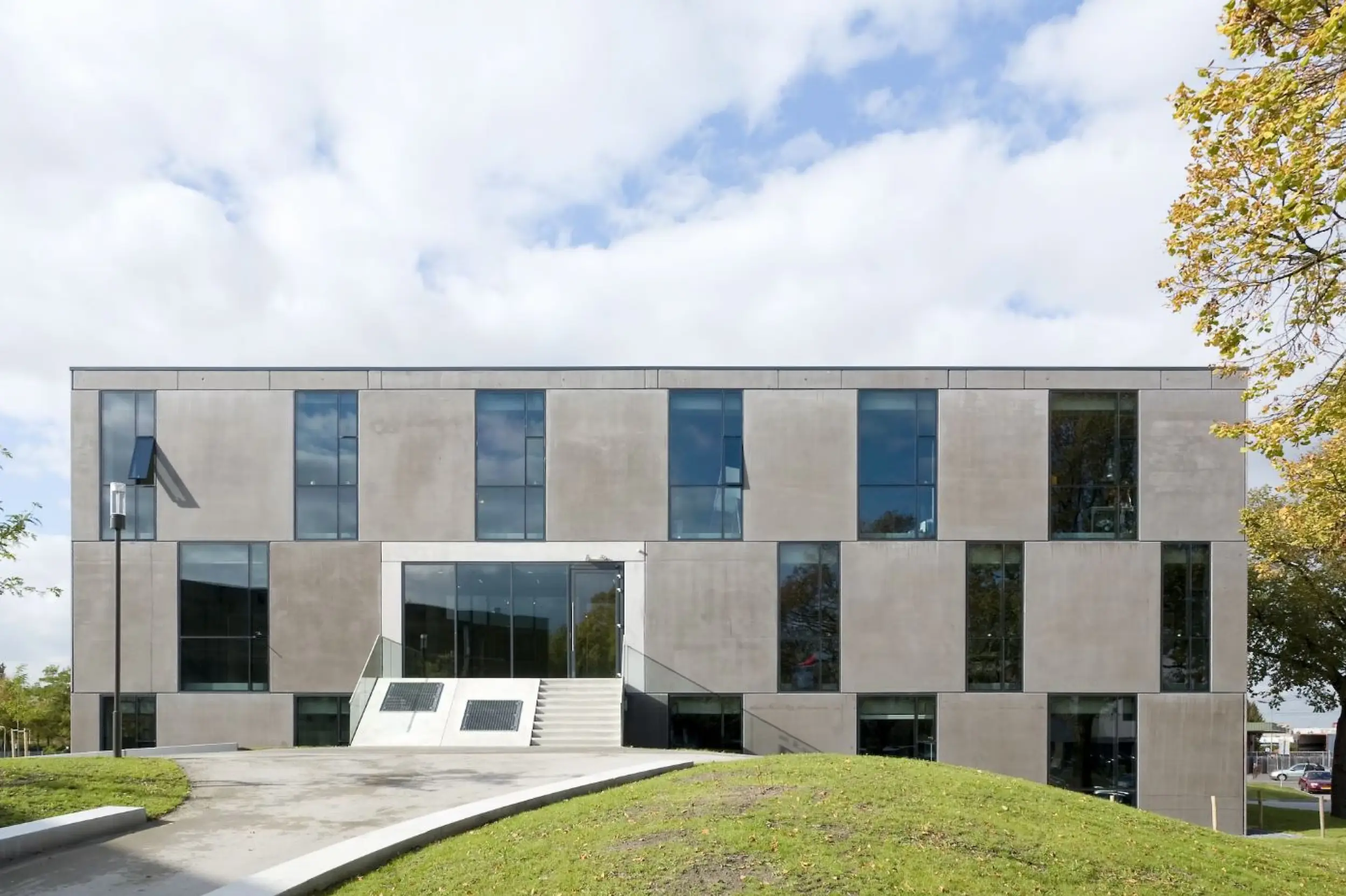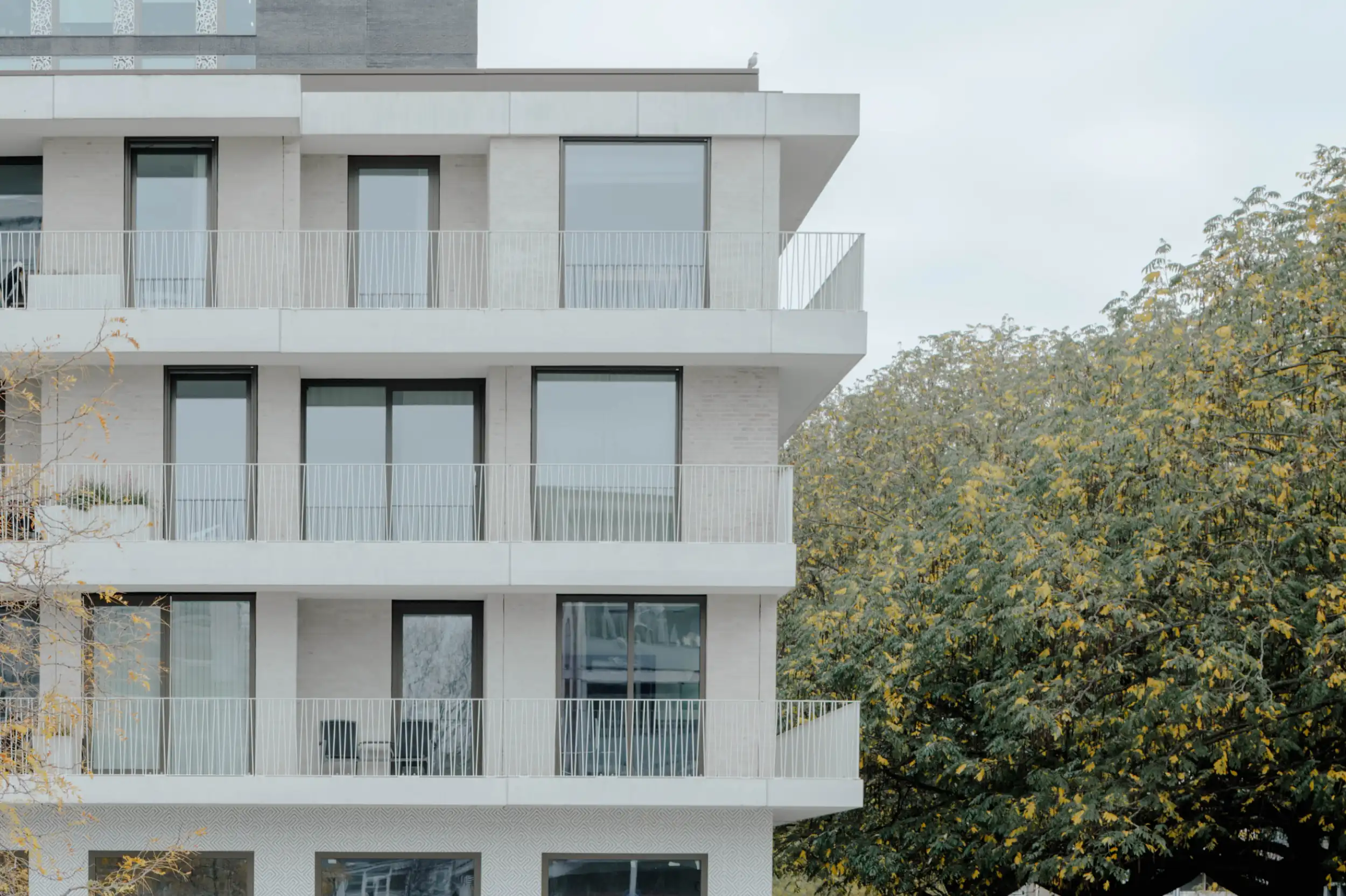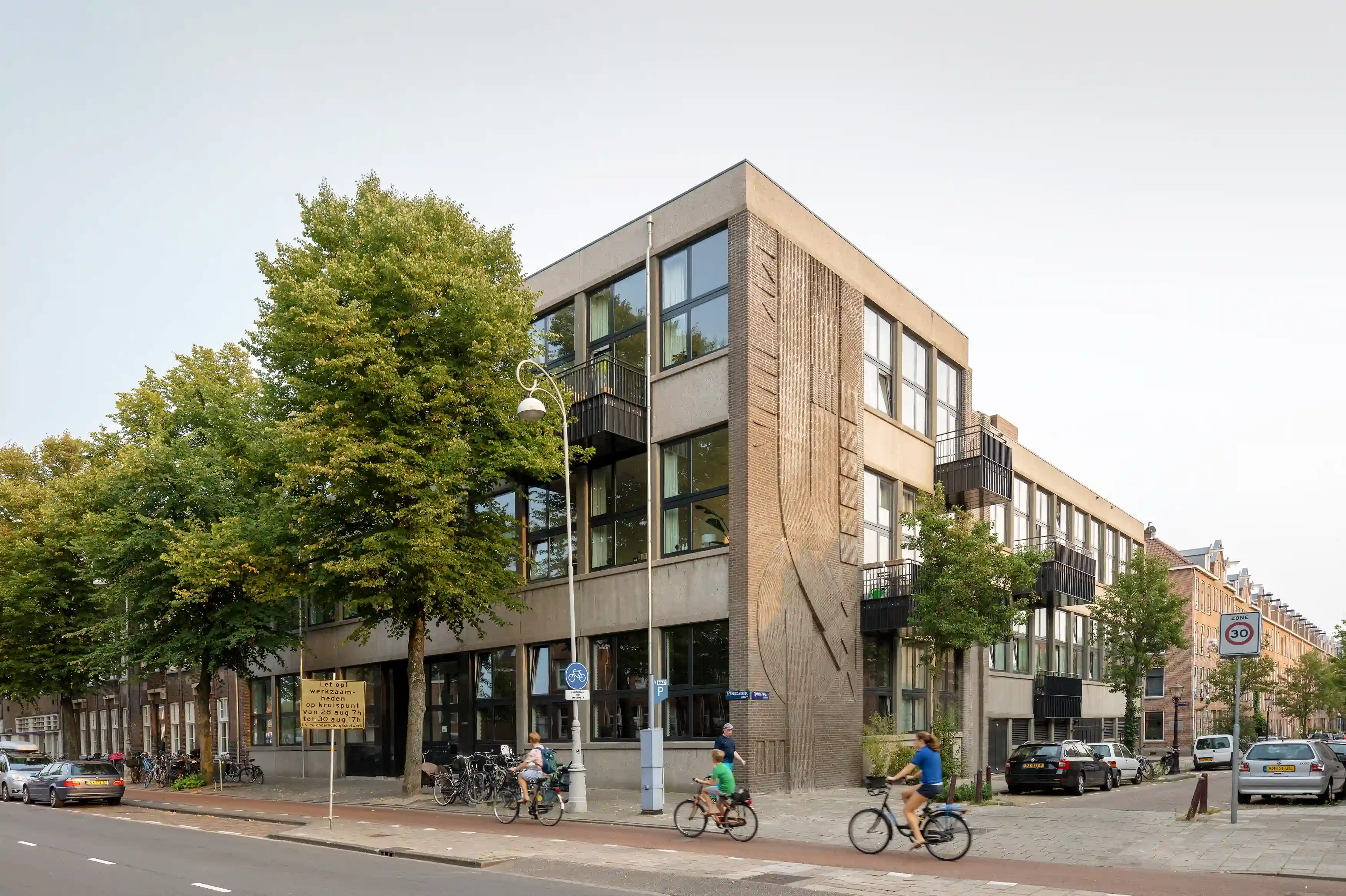News
Winning submission neighborhood De Erven
It’s a win! A new circular neighbourhood is coming to Hoofddorp! We’re happy to share that, together with a fantastic team led by Timpaan and Blauwhoed, we won the tender for De Erven. Our plan, Ons Erf (Our Yard), will bring this new circular neighbourhood to life!

Winning submission daycare in Zeist
For a plot hidden in the gardens of a beautiful neighbourhood in Zeist, Space&Matter will design a building inspired by the surrounding woods and the sandy landscape of that courtyard. The design combines discrete volumes with open spaces that seamlessly connect inside and out. Constructed from timber and bio-based materials, it delivers a sustainable, healthy environment. With generous communal areas and integrated outdoor spaces, De Wissel (working title) becomes both a vibrant learning and play hub and a considerate neighbor in the community.

Harvesting 'donor steel' for Silo
Lately, the donorsteel for our Silo building in Deventer has been harvested. This I-beam construction was previously the structural framework for a series of actual silo’s in a former animal feed mill in Zwolle, a nearby city. Now it will become the loadbearing construction in the residential building Silo.
Image by Henk Tuinman

Space&Matter featured in Dutch Architects Today
We are honored to have been featured in the publication Dutch Architects Today, recognized among the ‘40 Most Inspiring Architectural Studios in the Netherlands’. The book celebrates a wide range of inspiring projects in the Netherlands by a great line up of offices. Our contribution highlights regenerative area De Ceuvel, floating neighbourhood Schoonschip and building collective Wij_Land.

Start building LeeuwenDeel on Delft veld 6.7
The building site preparations for residential building LeeuwenDeel started this month. Expected time of completion is early 2027.

From the archive: AVhuis in Breda
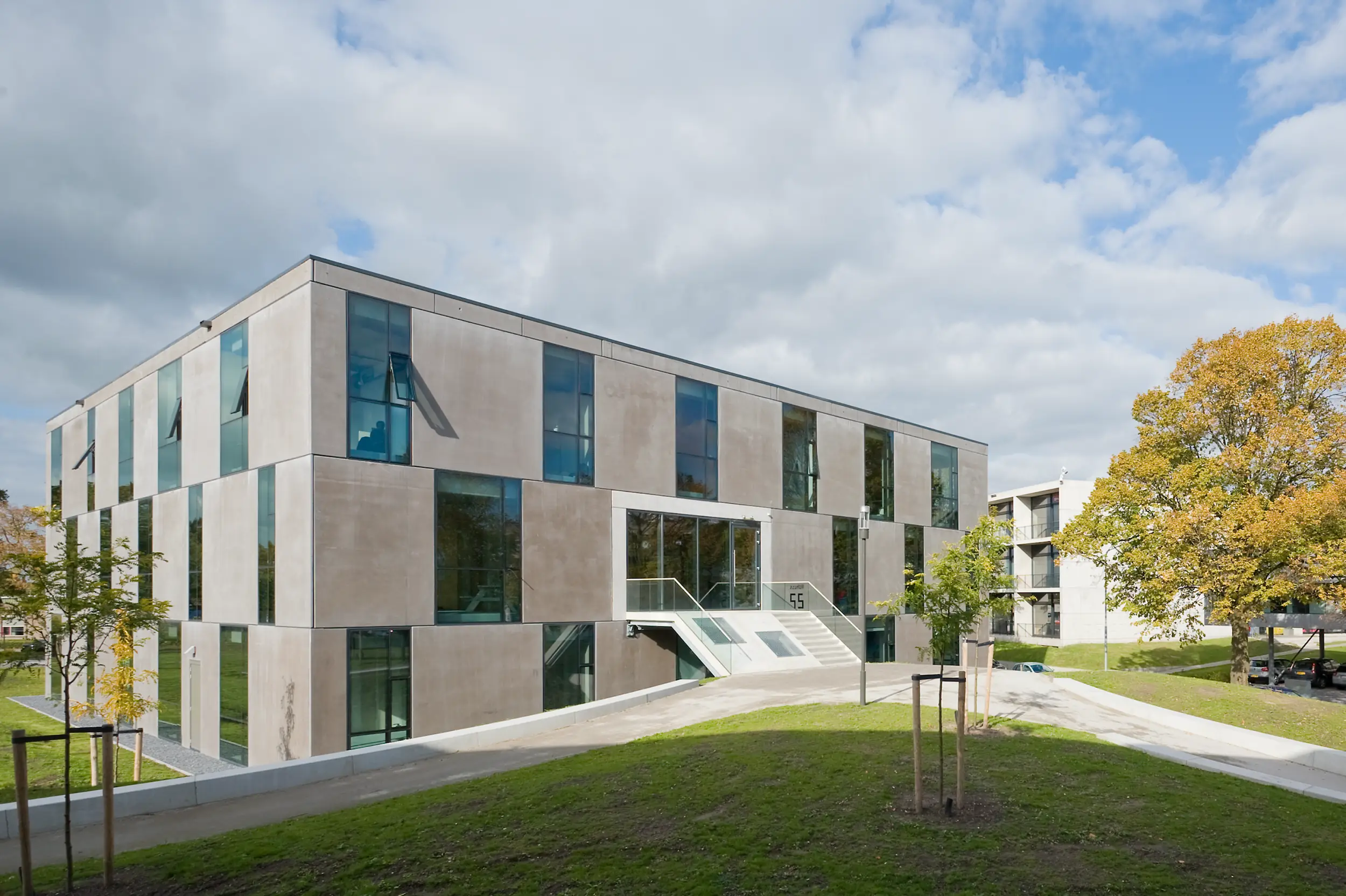
Space&matter joins and supports HouseEurope! to make renovation the new norm
Every minute, somewhere in Europe, a building is destroyed. Not by natural disaster, but by human hands. Demolition may bring short-term profit, but its long-term costs are enormous: rising rents, rising emissions, and the irreversible loss of cultural and social fabric. At Space&Matter, we have always believed in a different path — one where re-use, adaptation, and circularity drive our designs.
HouseEurope! a powerful citizens’ initiative that seeks to stop unnecessary demolition and make renovation the new norm pushes for European legislation that prioritizes renovation, making it the default choice across the continent.
For us, this aligns directly with our daily practice: designing with what’s already there, valuing communities over short-term gain, and creating future-proof environments that respect both people and planet. By supporting HouseEurope!, we aim to amplify this urgent message and help pave the way for a systemic shift in how Europe treats its built heritage.
We stand together with HouseEurope!
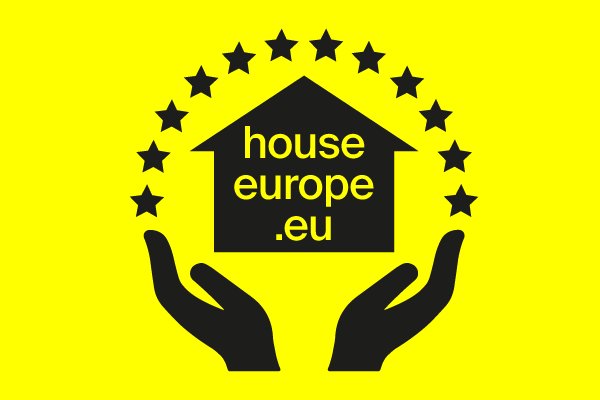
Vision Surf District Amsterdam-North
Space&Matter collaborated with local entrepreneurs Jaap Kersten and Paul Brouwer to design a Surf District at the Johan van Hasseltcanal in Amsterdam, transforming one of the city's most polluted waterways into a green, blue waterfront featuring an integrated wavepool for surfing. The Surf District serves as a vibrant, inclusive space where sport, ecology, and community converge.

Laag voor Laag publication
Our project SILO has been featured in the foresight section of the research publication Laag voor Laag (Layer for Layer): Biobased Insulation Materials in Mid-High Residential Buildings, which showcases insightful examples of biobased residential architecture across Europe. Download the publication here (for free).
SILO is designed with a strong focus on biobased materials, incorporating hemp-based insulation among cross-laminated timber (CLT) for the construction and biocomposite materials for the facade.

Dusseldorf Rowing Club site visit
We visited the Rowing Club Dusseldorf to research and get a grip on the site and the context.

Sketchbook Tools for circular urban design
Together with the municipality of Amsterdam we ran three workshops with urban designers, public space designers and architects to think about concrete tools for sustainable urban design. The outcomes served as a base for a manifest. We designed a sketchbook to bring the manifest into the designprocesses of the urban designers and public space designers.

Site visit donorbuilding for Silo in Deventer
For our project Silo in Deventer we're aiming to reuse elements from a former farmfood factory nearby the plot.

Schoonschip and SWEETS in Detail city special about Amsterdam

Project proposal for a school in Aalsmeer
We submitted sketch design proposal for a school in Aalsmeer, together with Kraaijvanger.










